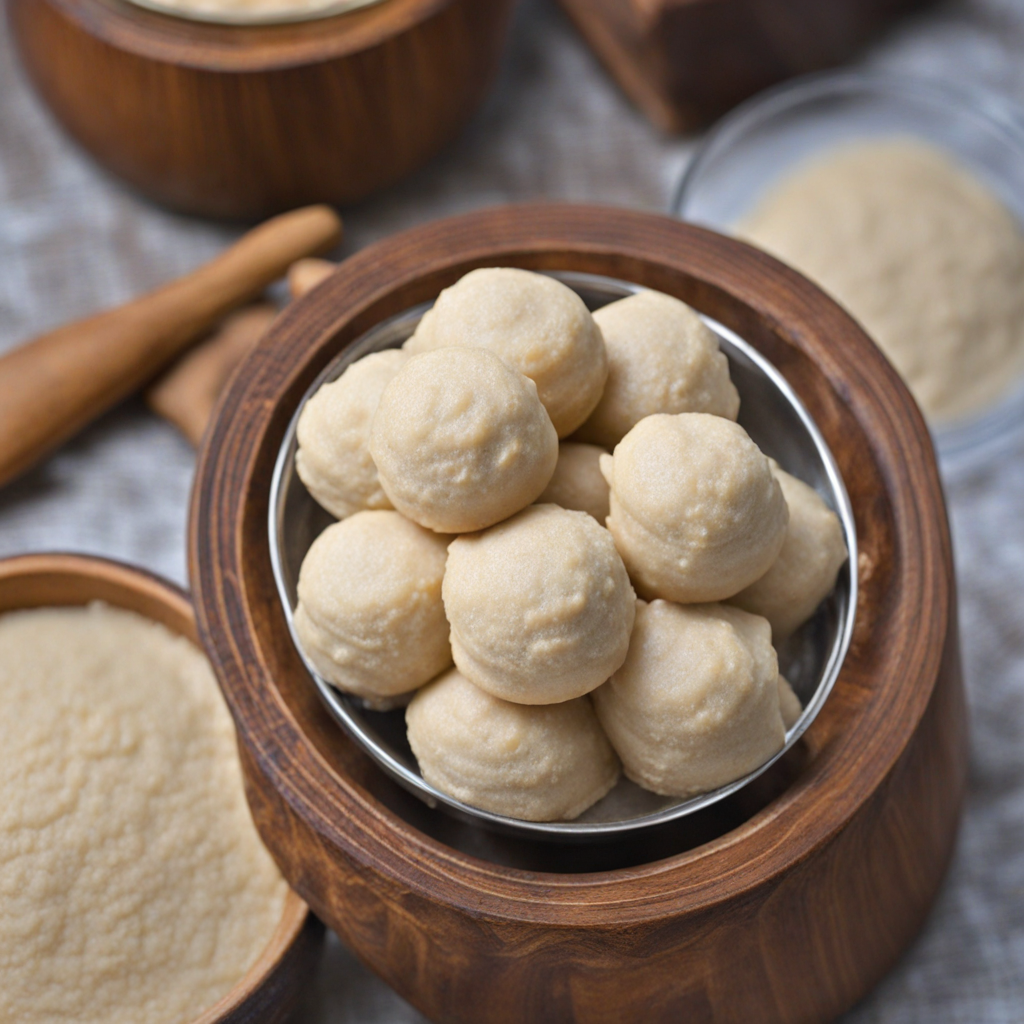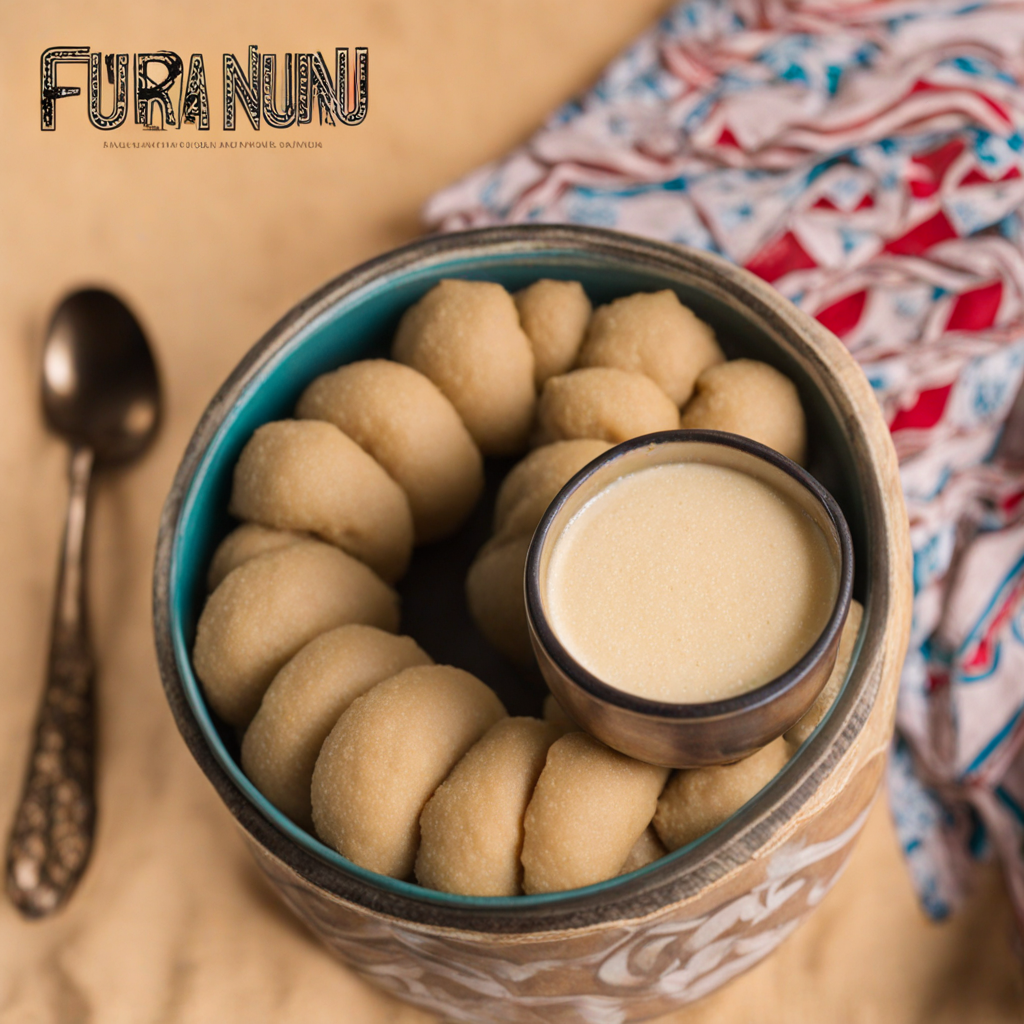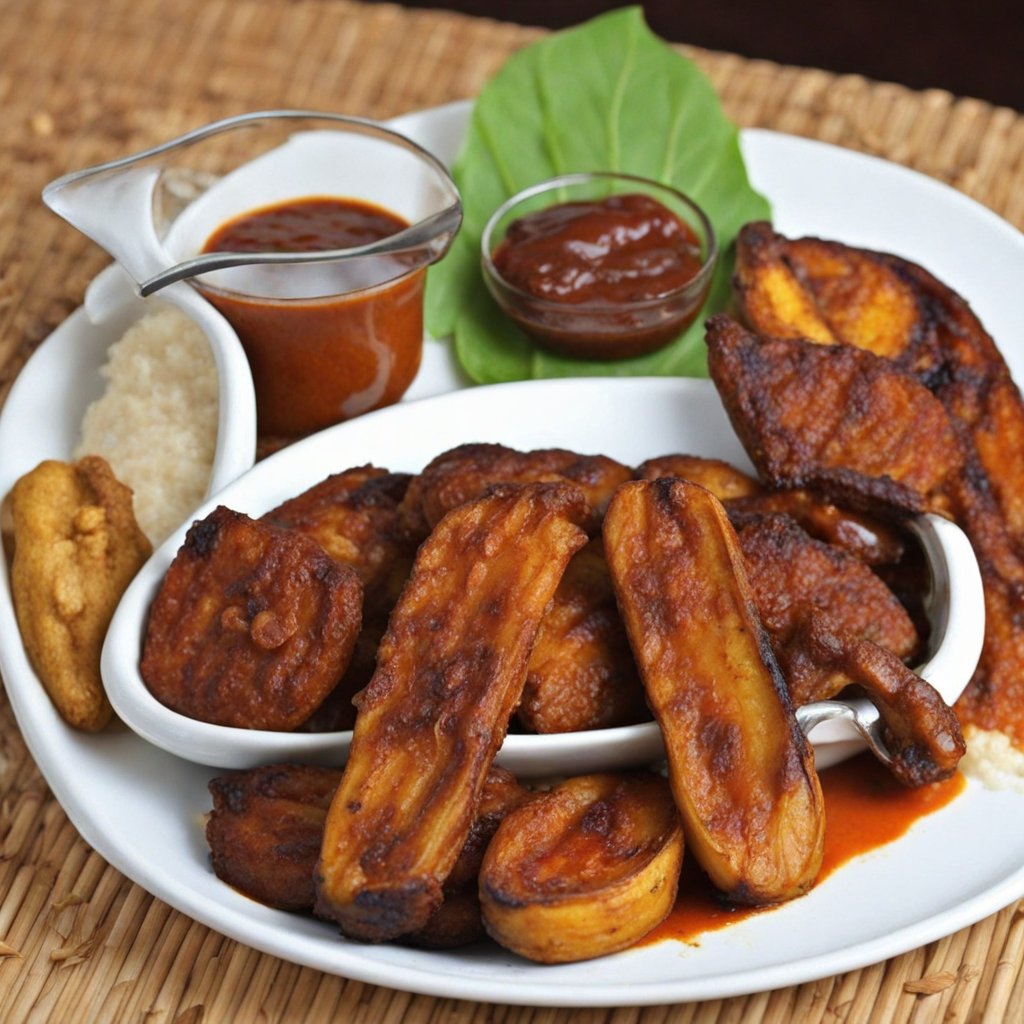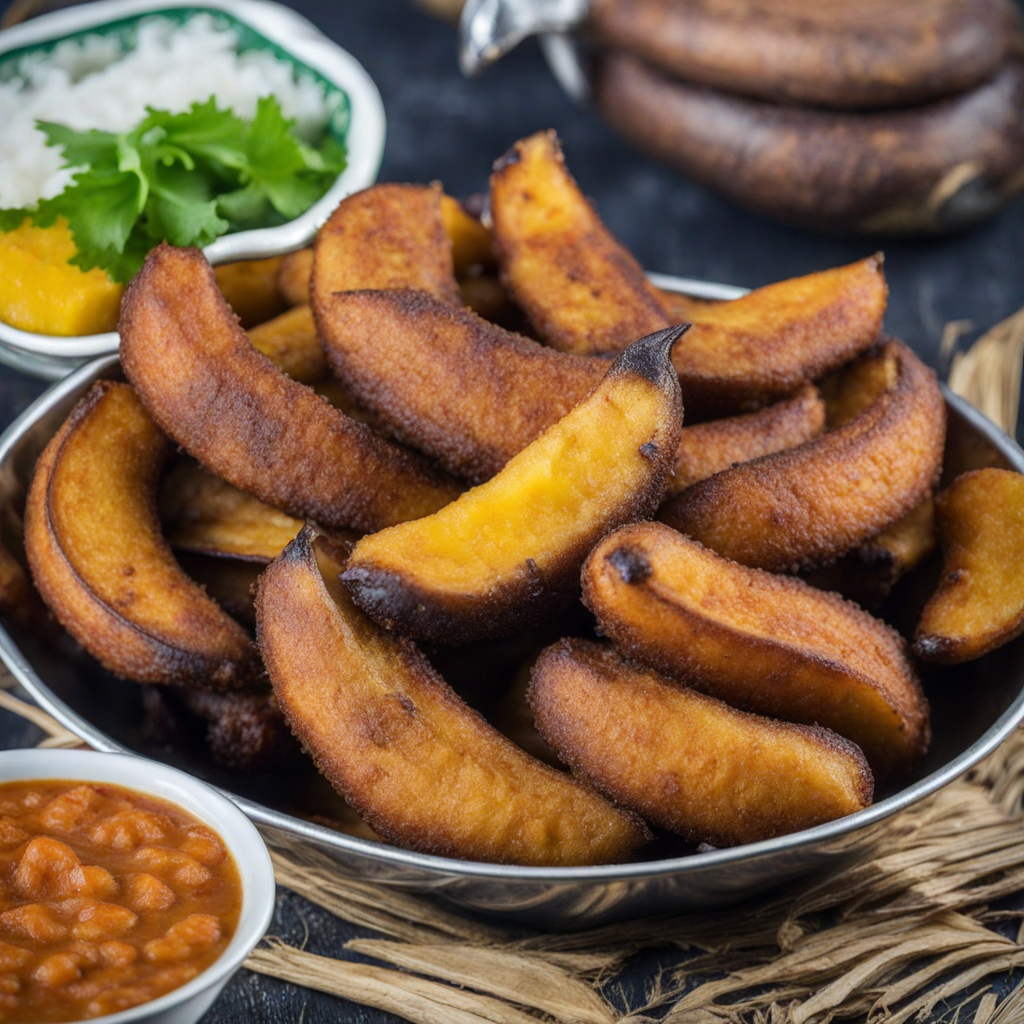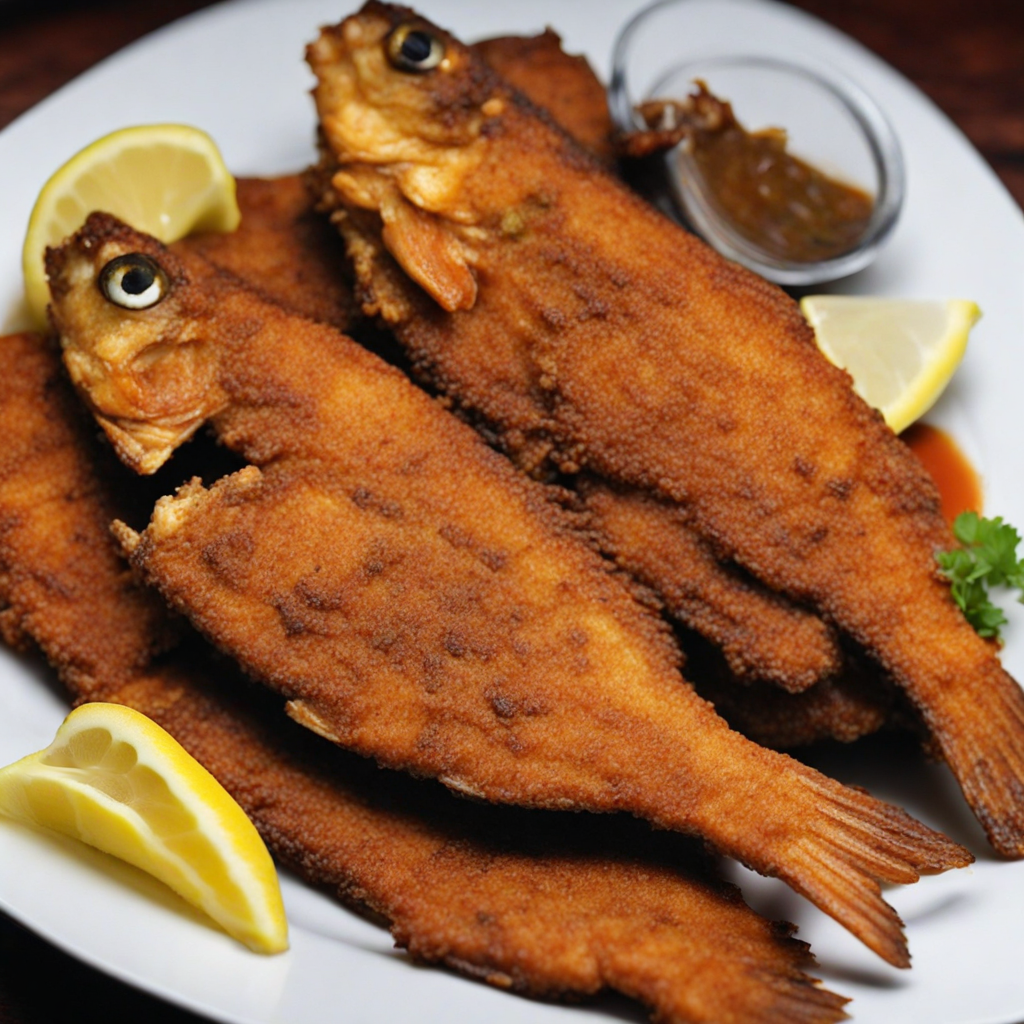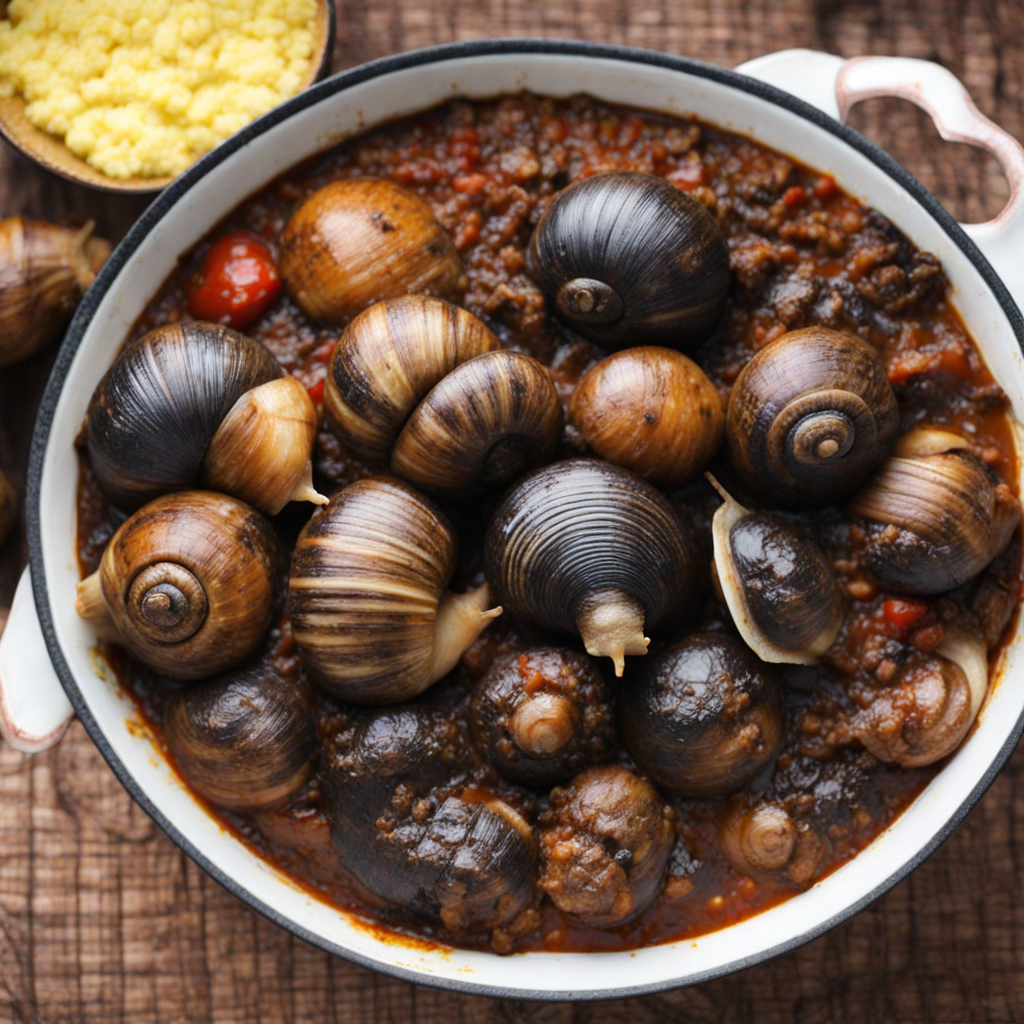Fura de Nunu
Fura de Nunu is a traditional Nigerian dish that beautifully embodies the rich culinary heritage of the northern regions of the country. It consists of small, round balls made from fermented millet or sorghum flour, which are typically kneaded and shaped by hand. The texture of the fura is slightly grainy yet soft and chewy, providing a delightful contrast when paired with its accompanying beverage. This unique dish is often enjoyed as a snack or light meal, making it a popular choice among locals and visitors alike. The accompanying component, Nunu, is a refreshing, creamy drink made from fermented cow's milk. It has a slightly tangy flavor that complements the mild taste of the fura, creating a harmonious balance. Together, fura and nunu create a satisfying experience that tantalizes the taste buds with their contrasting textures and flavors. The richness of the milk combined with the earthiness of the millet or sorghum flour makes each bite and sip an exploration of traditional Nigerian ingredients and techniques. Fura de Nunu is not just a dish; it is a cultural experience that connects people and traditions. Often enjoyed during gatherings or festivals, it serves as a symbol of hospitality and community. As you delve into this dish, you'll discover the warmth of Nigerian culture and the pride that comes with each handmade ball of fura, inviting you to savor the essence of Nigeria's culinary landscape.
How It Became This Dish
The History of Fura de Nunu: A Cultural Staple of Nigeria Fura de Nunu is a traditional Nigerian dish that encapsulates the rich culinary heritage of the northern region of the country, particularly among the Fulani people. A unique combination of fura, which consists of fermented millet or sorghum balls, and nunu, a creamy, fermented milk, Fura de Nunu is not only a staple food but also a symbol of community, identity, and cultural significance. #### Origins The origins of Fura de Nunu can be traced back to the nomadic Fulani herders, who have roamed the Sahel and savannah regions of West Africa for centuries. This group, known for their pastoral lifestyle, relied heavily on livestock for sustenance, and their diet was deeply intertwined with the milk and meat produced by their herds. The Fulani are particularly known for their dairy products, and nunu, or fermented milk, became a staple part of their diet. Millet and sorghum, on the other hand, are ancient grains that have been cultivated in the region for thousands of years. These grains are not only resilient to the harsh climatic conditions of the Sahel but also serve as a rich source of carbohydrates and other essential nutrients. The process of creating fura involves soaking, grinding, and then fermenting these grains, resulting in small, round balls that are both nutritious and satisfying. The combination of fura and nunu was born out of necessity, as it provided a balanced meal that could be easily transported and consumed by the nomadic Fulani. It is said that Fura de Nunu is often enjoyed while on the move, served in calabashes and shared among family and friends, which reflects the communal spirit of the Fulani culture. #### Cultural Significance Fura de Nunu is more than just a meal; it represents a way of life for the Fulani people. The preparation and consumption of this dish are deeply embedded in their cultural practices. Traditionally, fura is made by women, who gather in groups to prepare the millet or sorghum, demonstrating the importance of female solidarity and community cooperation. The act of making fura is often accompanied by storytelling, singing, and other social activities, reinforcing community bonds. In terms of social significance, Fura de Nunu is often served at gatherings, celebrations, and festivals. It is common to see this dish at weddings, naming ceremonies, and other cultural events, where it symbolizes hospitality and generosity. Offering Fura de Nunu to guests is a sign of respect and appreciation, and it serves to strengthen social ties within the community. Additionally, Fura de Nunu has a spiritual dimension. In many Fulani communities, food is seen as a gift from God, and the act of sharing meals is intertwined with spiritual beliefs. The preparation of Fura de Nunu can be viewed as a form of prayer and gratitude for the resources provided by nature. #### Development Over Time As Nigeria has evolved, so too has the practice of making and consuming Fura de Nunu. While it remains a staple among the Fulani, the dish has also gained popularity among other ethnic groups, particularly in the northern regions of the country. Its accessibility and nutritional value have made it a favored choice for individuals seeking a quick, satisfying meal. The commercialization of Fura de Nunu is another significant development. In recent years, street vendors and small businesses have emerged, selling pre-packaged Fura de Nunu in urban areas. This shift has allowed the dish to reach a broader audience, introducing it to people who may not have had the opportunity to experience traditional Fulani cuisine. The convenience of ready-to-eat Fura de Nunu has made it a popular snack for urban dwellers, and it is often enjoyed at roadside stalls, markets, and events. Moreover, the rise of food tourism in Nigeria has contributed to the renewed interest in traditional dishes like Fura de Nunu. Culinary enthusiasts and tourists are increasingly seeking authentic experiences, leading to a revival of interest in indigenous foods. Fura de Nunu is often highlighted in food festivals and cultural exhibitions, showcasing its importance within Nigeria's diverse culinary landscape. However, the modernization of Fura de Nunu has not come without challenges. The traditional methods of preparation are at risk of being overshadowed by commercial production processes, which may compromise the authenticity and quality of the dish. There is an ongoing discussion within communities about the importance of preserving traditional culinary practices while also adapting to modern demands. In addition to its local popularity, Fura de Nunu has also caught the attention of international culinary circles. As chefs and food writers explore African cuisines, Fura de Nunu has been featured in various culinary publications and programs, further elevating its status. This newfound recognition has led to the incorporation of Fura de Nunu into fusion dishes, where it is creatively reimagined, blending traditional flavors with contemporary culinary techniques. #### Conclusion Fura de Nunu is more than just a nourishing dish; it is a cultural artifact that reflects the history, values, and identity of the Fulani people of Nigeria. Its origins rooted in pastoral traditions, its communal significance, and its evolution in response to modern influences all contribute to its enduring appeal. As Nigeria continues to navigate the complexities of globalization and cultural exchange, Fura de Nunu stands as a testament to the resilience and adaptability of traditional food practices. In a world increasingly focused on the preservation of cultural heritage, Fura de Nunu serves as a reminder of the importance of food in shaping community identity and fostering connections among people. Whether enjoyed on the go, shared at a family gathering, or celebrated at a festival, Fura de Nunu remains a delicious embodiment of the rich tapestry of Nigerian culture.
You may like
Discover local flavors from Nigeria


